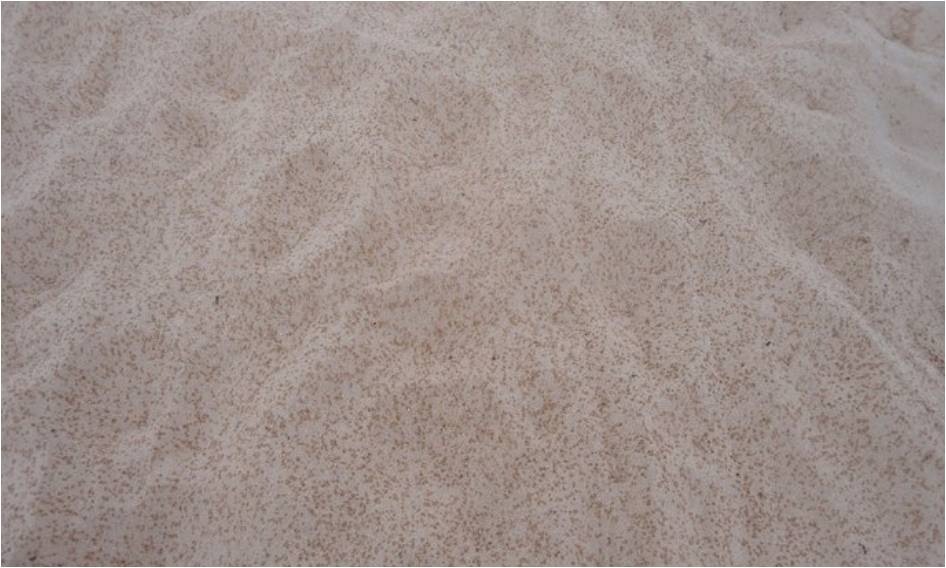PNG's Orokolo By Iron Sand project financially robust: Mayur Resources Ltd
THE Orokolo Bay iron sands project in Papua New Guinea's Gulf is simple, low-capital expenditure (capex) and financially robust, with multiple product revenue streams, says Mayur Resources Ltd.
Mayur Resources’ iron and industrial sands portfolio in PNG are held by Mayur Iron.
Mayur Resources released its annual report last week.
According to a definitive feasibility study (DFS), the project would produce a post-tax (real) net present value of US$131 million (about K459.8 million) (10 per cent discount rate) and an IRR (internal rate of return) of 103.7 per cent.
An operational design with an initial capex of US$20.5 million (about K71.9 million) has been calculated to establish a simple near surface mining operation that is forecast to produce 0.5mtpa (million tonnes per annum) of titano-magnetite, 1mtpa of construction sand and up to 10ktpa (kilo tonnes per annum) of zircon-rich heavy mineral concentrate.
The report stated that site enabling works have begun in Orokolo Bay and off-take discussions remain ongoing, with the focus being on high value magnetite into the Asian market. It stated that a 25-year environmental permit issued by the Conservation Environment Protection Authority was in place for Orokolo Bay which was expected to leave a lasting positive legacy for local landowners through the proposed post-mining sustainability land use initiative of a mechanised sago plantation.
For the Amazon Bay in Central project, it had significant potential for three high value product streams: vanadium, titanium and iron.“Given the large amount of historic work that has been undertaken by previous explorers at Amazon Bay over many years, we see this as an advanced exploration project’ bringing development synergies with Orokolo Bay.”
Previous exploration focused on Amazon Bay as a magnetite resource without fully pursuing its titanium and significant vanadium potential.




Disclaimer: We are not a Recruiting Agent. This is a mining jobs noticeboard platform. Refer to post links in each job posted for details!